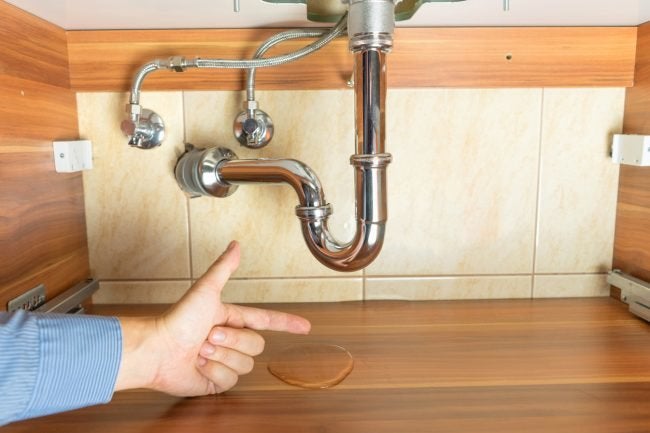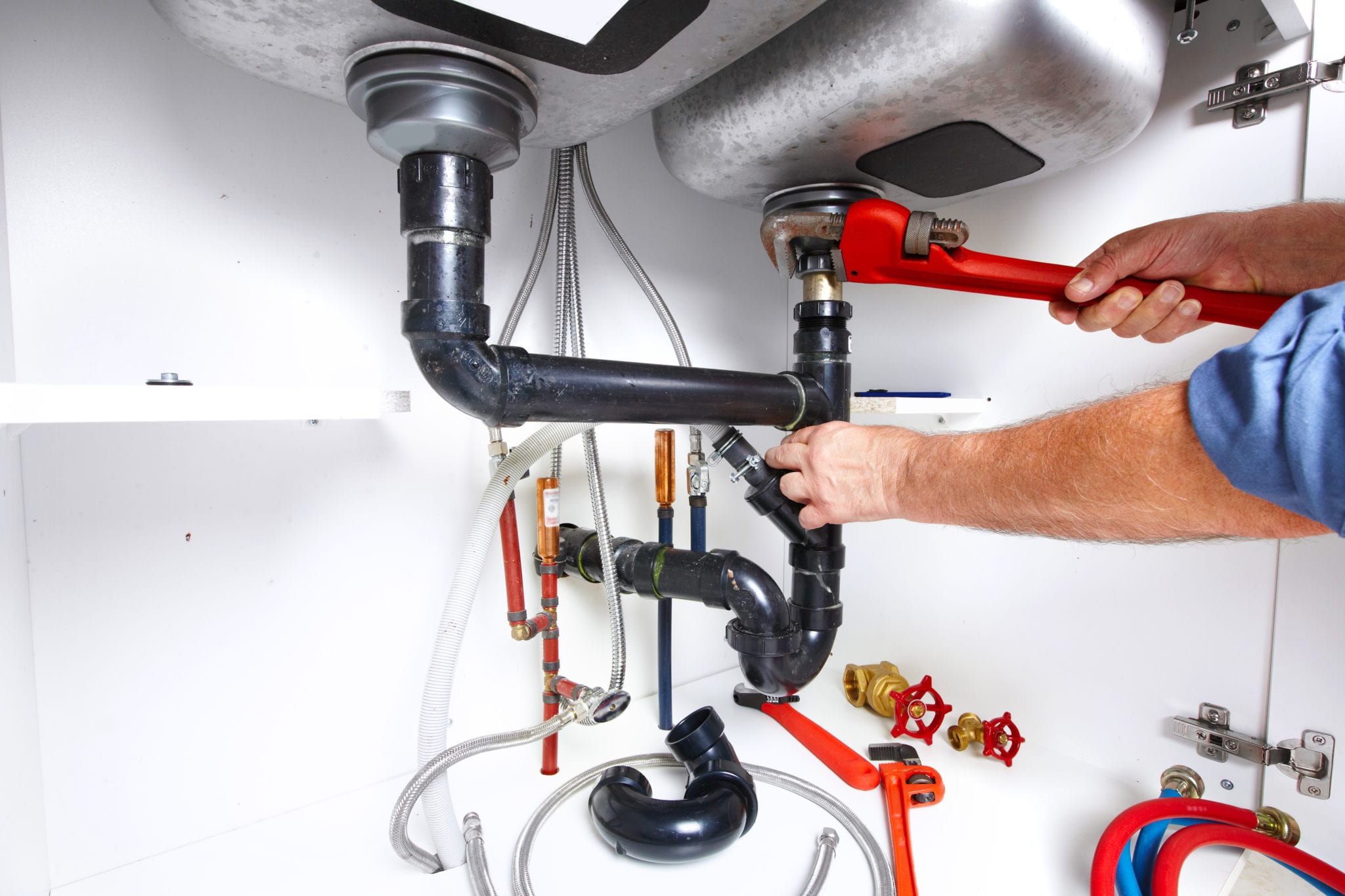Right here below you can discover lots of awesome information and facts in relation to Finding hidden leaks.

Early detection of leaking water lines can reduce a possible catastrophe. Some tiny water leakages may not be noticeable.
1. Examine the Water Meter
Every house has a water meter. Examining it is a proven way that aids you find leaks. For beginners, switch off all the water resources. Make sure no person will purge, make use of the tap, shower, run the washing device or dishwasher. From there, most likely to the meter and watch if it will transform. Since no one is using it, there ought to be no motions. That suggests a fast-moving leakage if it moves. If you find no adjustments, wait an hour or 2 and also inspect back again. This implies you might have a sluggish leak that could also be below ground.
2. Inspect Water Usage
Evaluate your water costs as well as track your water consumption. As the one paying it, you should see if there are any type of disparities. If you identify sudden changes, in spite of your intake coinciding, it implies that you have leaks in your plumbing system. Remember, your water bill need to drop under the exact same variety monthly. A sudden spike in your costs shows a fast-moving leakage.
A steady boost every month, also with the exact same habits, shows you have a slow-moving leak that's likewise gradually escalating. Call a plumber to completely examine your building, especially if you feel a cozy location on your floor with piping beneath.
3. Do a Food Coloring Test
30% comes from bathrooms when it comes to water intake. Examination to see if they are running correctly. Decrease flecks of food shade in the container and wait 10 minutes. If the shade in some way infiltrates your dish throughout that time without flushing, there's a leak between the tank as well as dish.
4. Asses Exterior Lines
Don't forget to check your exterior water lines as well. Ought to water seep out of the link, you have a loosened rubber gasket. One tiny leakage can throw away heaps of water as well as spike your water costs.
5. Examine the circumstance and evaluate
House owners need to make it a habit to examine under the sink counters and even inside cabinets for any bad odor or mold and mildew development. These two warnings indicate a leakage so timely focus is needed. Doing routine examinations, even bi-annually, can conserve you from a major trouble.
If you recognize your house is currently old, maintain a watchful eye on your heating units, hoses, pipes and so on. Check for stainings and also deteriorating as most home appliances and pipes have a life span. They will likewise normally deteriorate because of tear and also wear. Don't wait for it to intensify if you suspect leaking water lines in your plumbing system. Call a specialist plumber right away so you don't wind up with a horrible mess in your home.
Early detection of leaking water lines can reduce a prospective catastrophe. Some small water leakages might not be noticeable. Inspecting it is a guaranteed method that assists you uncover leakages. One tiny leak can lose tons of water and spike your water bill.
If you suspect leaking water lines in your plumbing system, do not wait for it to rise.
WARNING SIGNS OF WATER LEAKAGE BEHIND THE WALL
PERSISTENT MUSTY ODORS
As water slowly drips from a leaky pipe inside the wall, flooring and sheetrock stay damp and develop an odor similar to wet cardboard. It generates a musty smell that can help you find hidden leaks.
MOLD IN UNUSUAL AREAS
Mold usually grows in wet areas like kitchens, baths and laundry rooms. If you spot the stuff on walls or baseboards in other rooms of the house, it’s a good indicator of undetected water leaks.
STAINS THAT GROW
When mold thrives around a leaky pipe, it sometimes takes hold on the inside surface of the affected wall. A growing stain on otherwise clean sheetrock is often your sign of a hidden plumbing problem.
PEELING OR BUBBLING WALLPAPER / PAINT
This clue is easy to miss in rooms that don’t get much use. When you see wallpaper separating along seams or paint bubbling or flaking off the wall, blame sheetrock that stays wet because of an undetected leak.
BUCKLED CEILINGS AND STAINED FLOORS
If ceilings or floors in bathrooms, kitchens or laundry areas develop structural problems, don’t rule out constant damp inside the walls. Wet sheetrock can affect adjacent framing, flooring and ceilings.
https://www.servicemasterbyzaba.com/blog/how-to-detect-water-leakage-in-walls/

I have been very focused on Finding hidden leaks and I am assuming you liked my blog posting. Are you aware of somebody else who is sincerely interested in Leaking water lines? Feel free to share it. Many thanks for taking the time to read it.
Comments on “Exactly how to Discover and Repair Water Leaks-- A Comprehensive Overview”